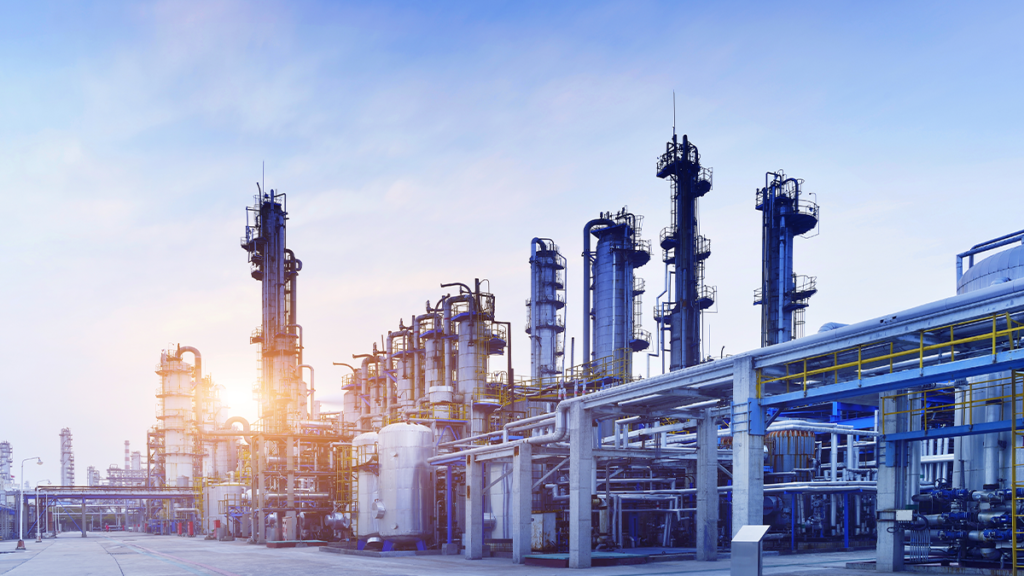This article was republished with permission from Property Casualty 360.
By David Corry, SVP, Head of Argo Environmental
It’s been more than a year since Joe Biden became president of the United States, but despite expectations that his administration would rapidly make changes affecting the energy industry, that has not been the case.
The insurance industry has been keeping a close eye on the administration’s energy initiatives, and thus far what we’ve seen is that while the energy sector is changing, it’s not creating a policy vacuum for insurers. Rather, when demand in one area diminishes, demand in another area tends to rise up and take its place.
The most immediate impact of the current administration was the canceling of the permit for the 1,200-mile Keystone XL pipeline. This decision won’t affect oil and gas production — just the transportation of fuel from Canada to the United States.
For those who worried about the potential impact of a pipeline spill on the environment, this decision was applauded. For the private companies that were hired and had signed contracts to build a pipeline, subsequently built up local staff and purchased materials, sought land rights, and acquired insurance, the canceling of the pipeline was a severe setback. But we won’t stop using the crude the pipeline was meant to deliver, it’ll just continue to be shipped by rail.
Of course, there’s a tremendous amount of insurance coverage provided to the oil and gas industry, whether that’s upstream (coming out of the ground), midstream (distribution) or downstream (selling of the product). Coverage is provided for pipelines, whether they’re above ground or underground, storage terminals and refineries. This includes environmental insurance, due to potential property damage, bodily injury, or environmental cleanup. Energy companies also purchase general liability insurance and property insurance. We can expect most of these policies to remain in place for years to come.
In the United States, we’re producing around 12 million barrels per day. There’s been an increase of around 750,000 barrels over the last year. In spite of what we may hear, the oil and gas business is alive and well in the U.S., and insurance is in demand and obligatory for energy companies to operate.
Over time, the Biden Administration is looking to make more significant changes in pushing cleaner energy, such as solar and hydrogen. But the government can only do so much. Its power is limited to the appropriation of federal funds and tax incentives to private enterprises and homeowners. For example, there might be a tax incentive to purchase an electric vehicle or to have solar panels installed on homes. This will surely lead to change, but very slowly. It’s not a sea change by any means.
Many energy companies are now in the process of some form of change. Whether that’s a large, publicly traded company like Shell or BP or a small producer out of Texas, these companies are identifying that, over time, fossil fuel production will slow down. They’re investing in cleaner energy, such as renewables, alternative fuels, etc.
The insurance industry is ready for the shift. We’ll still write on an aggregate basis; premium will just be in different areas. So, for example, instead of insuring a new pipeline, maybe we’re insuring carbon-capture machinery at a factory, solar panels, or a wind farm. That may not necessarily be at the premium levels that crude pipelines may demand, but it’ll still lead to an increase in demand for insurance.
Meanwhile, other considerations continue to be at play. As the auto industry slowly shifts to electric vehicles, for example, we’ve seen an increasing demand for policies that cover the creation of lithium-based batteries, which is a fairly hazardous process.
Insurance is the business of change, and as insurance dollars shift, from both the provider and insured perspectives, there will continue to be opportunities to have healthy insurance relationships in the energy sector.





